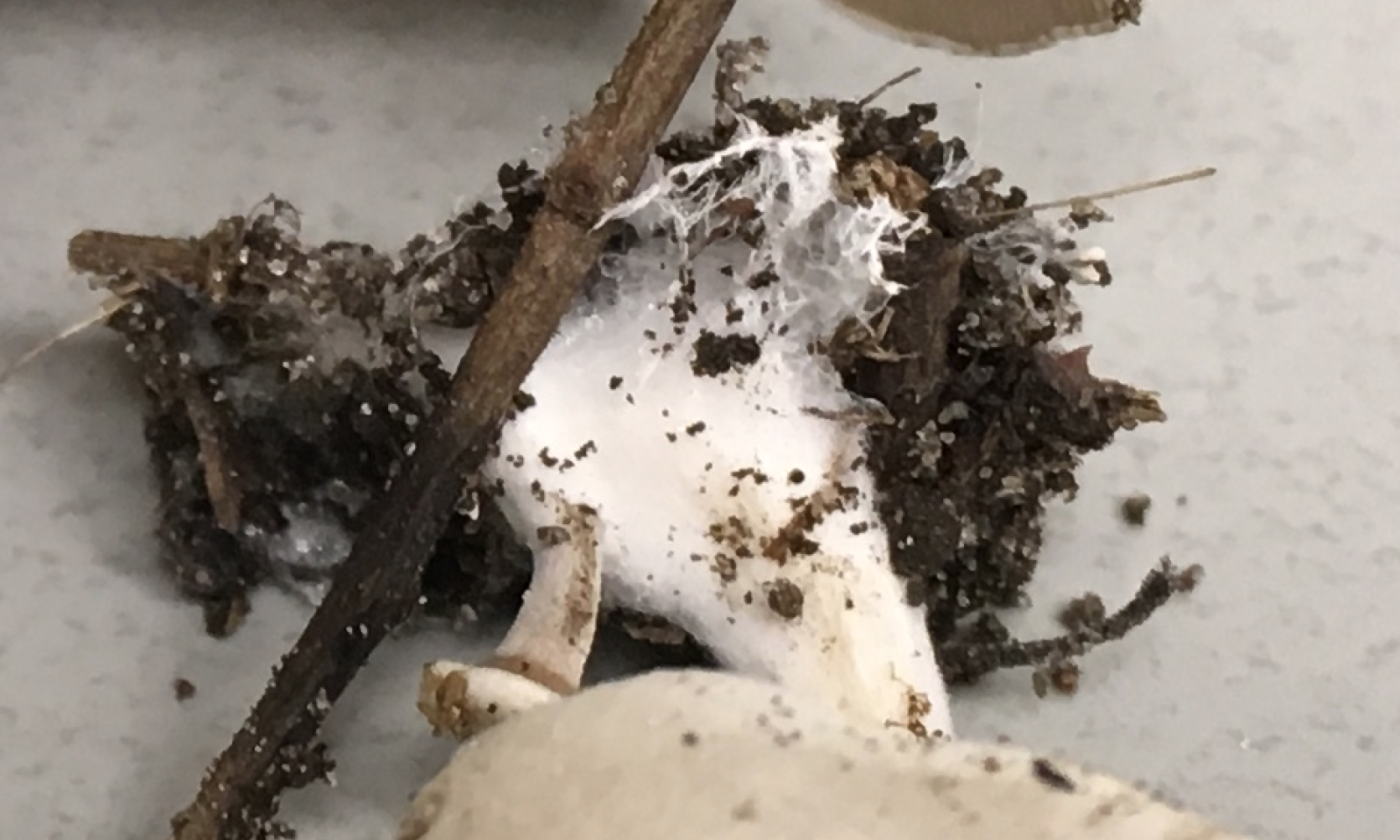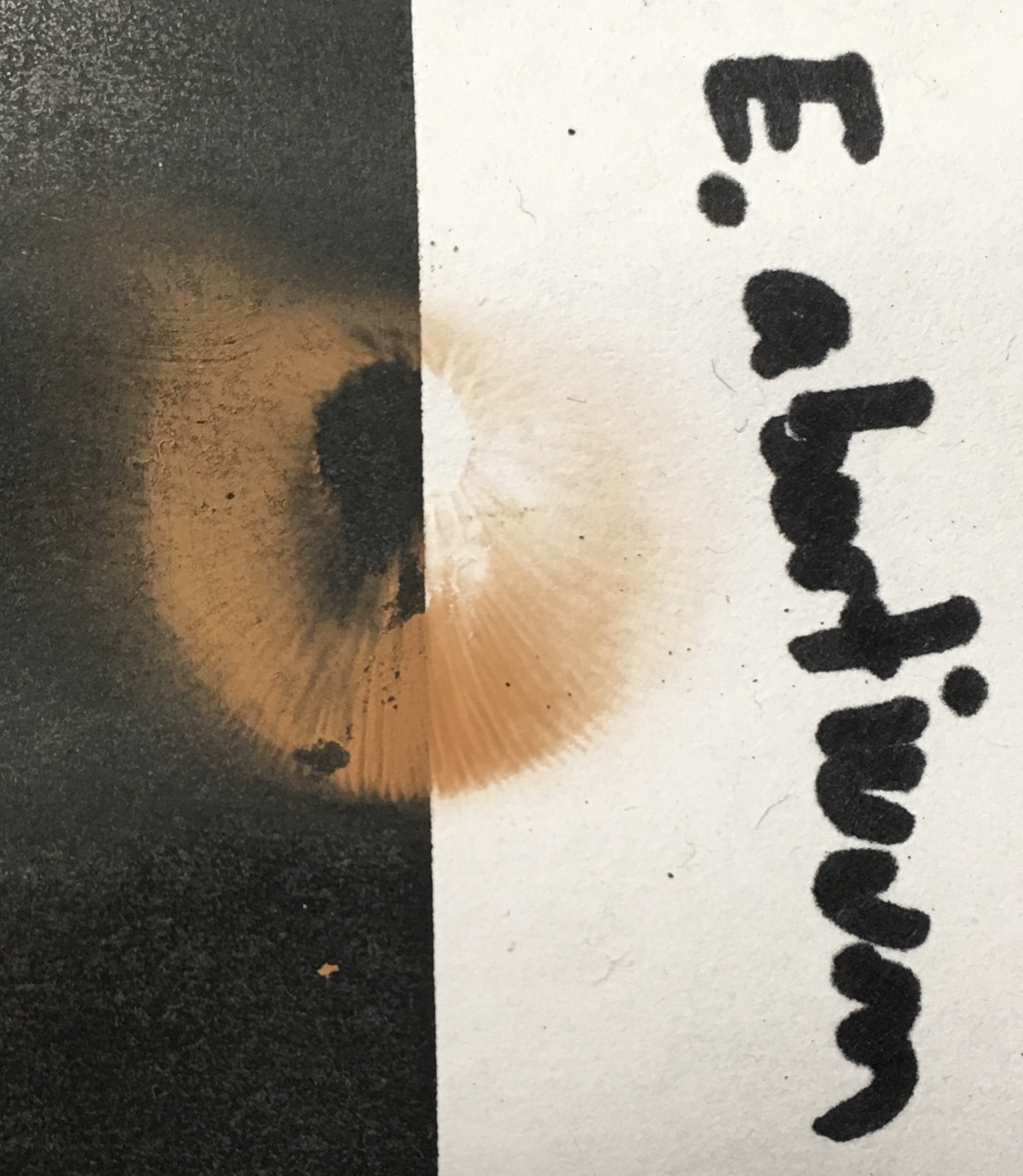Entoloma Abortivum
Entoloma abortivum (Berk. & M.A. Curtis) Donk, also known as shrimp-of-the-woods, is mushroom in the family Entolomataceae.

Entoloma abortivum (Berk. & M.A. Curtis) Donk, also known as shrimp-of-the-woods, is mushroom in the family Entolomataceae (Figure 1). First described in 1859 as Agaracis abortivus by Berkeley and Curtis, E. abortivum has undergone many renamings over the years, though it still bears the name of the original describer today since its last renaming in 1949 by M.A. Donk. Commonly found in hardwood forests throughout the eastern United States and Canada, E. abortivum is reported to be edible, though not choice. Writer’s warning: be absolutely sure of any identification, and check with multiple sources, before consuming any reportedly edible mushroom. Always cook any wild mushroom thoroughly before eating. Please enjoy responsibly.

The cap is a steel-grey with an inrolled margin when young, becoming mostly flat in age. Underneath the cap, the gills that make up the hymenium are decurrent with the stipe, which is fancy mycology speak for “the gills appear to run down the stem“. The stem, or stipe, is rather ovoid in cross-section, and can be off-center of the cap. The base of the stipe can be enlarged and often is found among filamentous mycelia (Figure 2). The spore print has been noted as ‘pink’ though, in my mind, I see a brownish-pinkish-brown but I’ll let you be the judge (Figure 3).

The ‘aborted’ form of E. abortivum (Figure 1; top) – from which the species gets its name – was first thought to be fruiting bodies that had never fully developed, and thus ‘aborted.’ However, it was later found that these ‘aborted’ fruiting bodies were in fact composed of intermingling hyphae of two fungi: E. abortivum and a species of Armillaria, a well-known pathogenic genus of fungi (Watling 1974). Therefore, it was hypothesized that the Armillaria spp. was parasitizing the E. abortivum leading to the abnormal growth pattern. Over the year, doubt began to creep in to this hypothesis, and eventually the exact opposite was found to be true – the E. abortivum is actually parasitizing the Armillaria spp! For a more in-depth, and first hand, take on this story, head on over to Tom Volk’s blog or take a look at the publication that came out of their investigations (Czederpiltz et al. 2001).
Literature Cited:
- Czederpiltz DL, Volk TJ, and Burdsall HH. 2001. Field observations and inoculation experiments to determine the nature of the carpophoroids associated with Entoloma abortivum and Armillaria. Mycologia, 93(5), 2001, pp. 841-851.
- Watling, Roy. 1974 Dimorphism in Entoloma abortivum, Bull. Soc. Linn. London, Num. Spec. 43:449-470.



 Print
Print Email
Email

